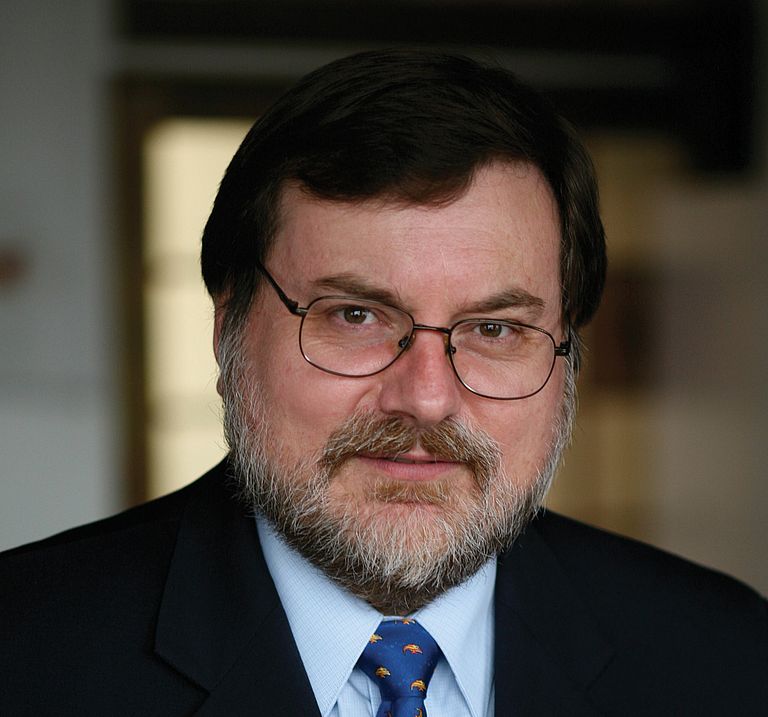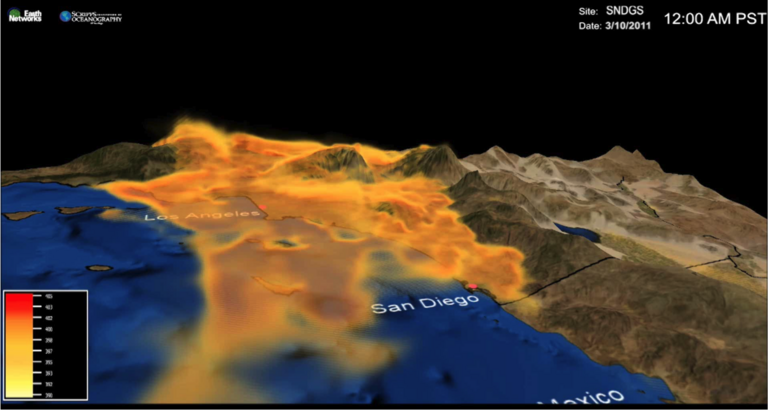How robots explore the oceans
Petersen excellence professorship for Dr Tony Haymet of Scripps Institution of Oceanography
If warm water masses start to move eastward from the western Pacific to South America, climate scientists, oceanographers and meteorologists around the globe are alarmed. This process announces the kick-off of a so-called El Niño, one of the most prominent natural climate variations on a time-scale of few years. Amongst other impacts El Niño or El Niño-Southern Oscillation (ENSO) leads to flooding at the west coast of South America and droughts in the Amazonian basin or Australia. Until the mid of the 20th century people were exposed to the impacts of ENSO without pre-warning. Nowadays such events can already be predicted months ahead with a high precision. This requires not only ocean-atmosphere models but in a particular a global sustained ocean observing systems. The latter consists amongst other instruments more than 3,500 autonomously operating deep-sea drifters, so-called floats which measure temperature, salinity and other parameters on a regular schedule with real-time transmission of the data. This project, called ARGO, is only one example how robotic systems and remotely controlled observatories increased our knowledge about the oceans during the last decades.
Nevertheless, large parts of the world oceans are still unexplored. As one of the world-largest marine research institutes, Scripps Institution of Oceanography in San Diego, California, has continously supported the development of ocean observing systems. As a director Dr. Tony Haymet is strongly advocating the further extension of these systems, amongst colleagues as well as in the general public.
Now Dr Haymet stays as a guest scientist at GEOMAR Helmholtz Centre for Ocean Research Kiel (Germany). His visit is supported by the Prof. Dr. Werner Petersen Foundation as part of the “Excellence Award” granted to Dr. Haymet by the foundation. During his stay Dr. Haymet discussed future cooperations with the German ocean researchers. Furthermore he gave a short course about “Global Ocean Initiatives & Governance” for students and scientists at GEOMAR as well as a public evening lecture about “The Future of Global Observing Systems and Robotic Exploration and Monitoring of the Oceans”.
“We’re very pleased about Dr Haymet’s visit to GEOMAR. He is an excellent scientist with high international reputation and good connections to most of the world’s largest marine research institutions. Exploration of the oceans und the development of necessary technical systems is only possible in international cooperation”, GEOMAR director Professor Peter Herzig states.
Contact:
Dr. Andreas Villwock (Communication & Media), Tel. +49 431 600 2802,
avillwock(at)geomar.de




